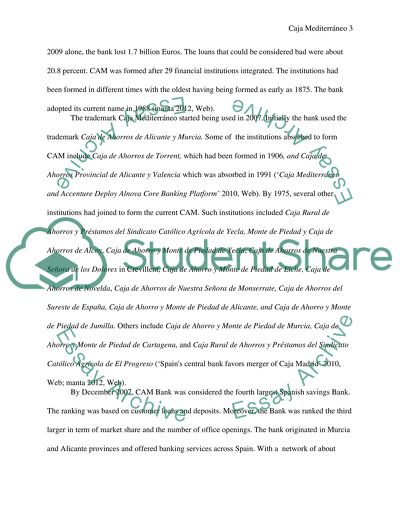Cite this document
(“(Corporate Collapse)- Essay on analysing the spanish company CAM bank”, n.d.)
Retrieved from https://studentshare.org/marketing/1467202-corporate-collapse-essay-on-analysing-the-spanish
Retrieved from https://studentshare.org/marketing/1467202-corporate-collapse-essay-on-analysing-the-spanish
((Corporate Collapse)- Essay on Analysing the Spanish Company CAM Bank)
https://studentshare.org/marketing/1467202-corporate-collapse-essay-on-analysing-the-spanish.
https://studentshare.org/marketing/1467202-corporate-collapse-essay-on-analysing-the-spanish.
“(Corporate Collapse)- Essay on Analysing the Spanish Company CAM Bank”, n.d. https://studentshare.org/marketing/1467202-corporate-collapse-essay-on-analysing-the-spanish.


